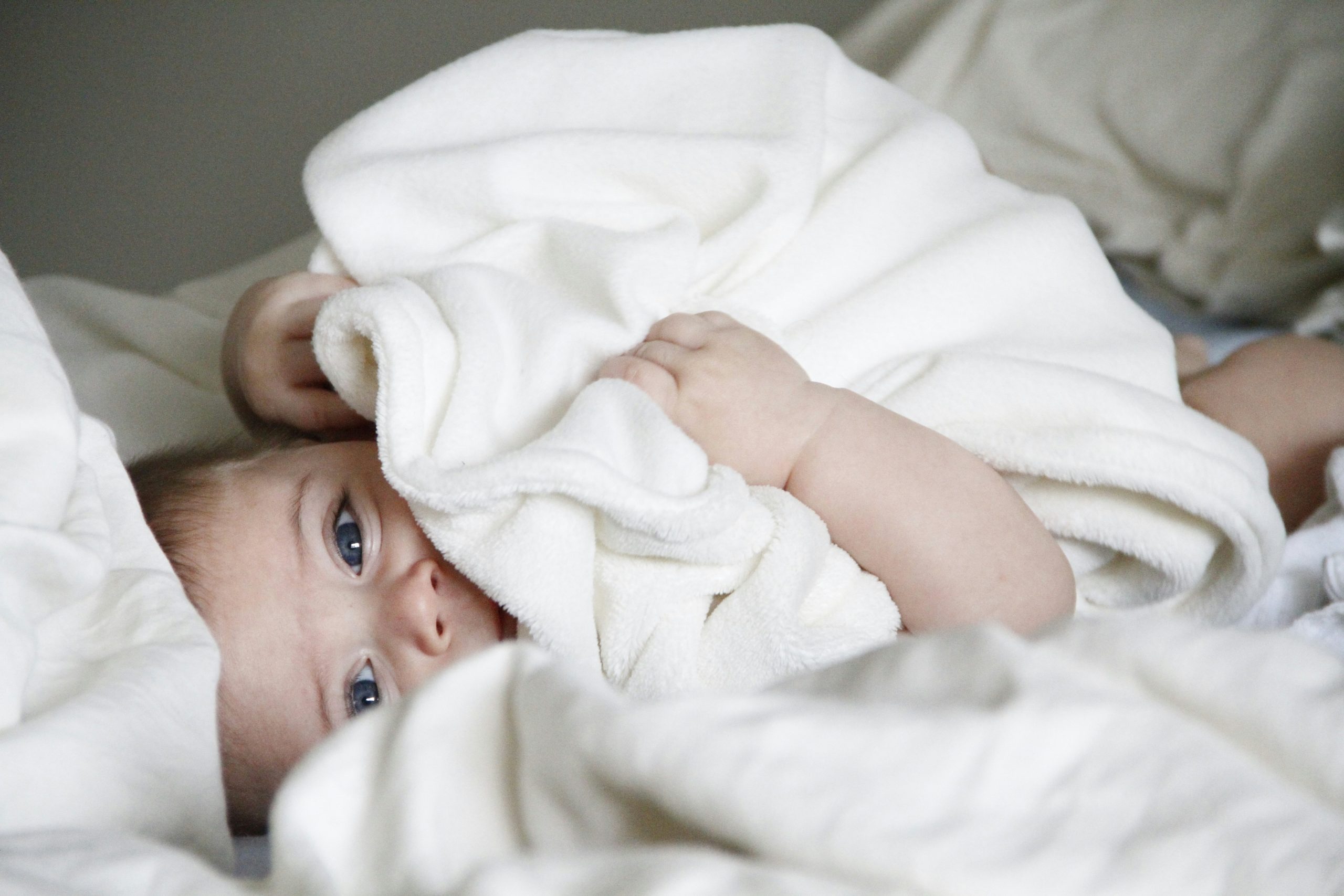In many households, pets are already considered family members. When a new life arrives, how to help the “old member” pet and the “new member” infant coexist harmoniously becomes a concern for many parents. In fact, with scientific preventive measures and proper safety management, infants and pets can absolutely live safely under the same roof.
I. Basic Principles: Assessing the Possibility of Coexistence
It is generally acceptable to have pets in a household with infants, provided the pets are healthy, vaccinated, and properly managed for hygiene. However, if the infant has immune deficiencies or the pet shows aggressive behavior, keeping pets is not recommended.
Extra caution is required in special circumstances: Families with premature infants, children with congenital immune deficiencies, or asthma need to be particularly careful. Pet hair and dander can trigger allergic reactions, manifesting as rashes or respiratory symptoms.
II. Safety Measures: Protection and Management
1. Health Checks and Hygiene Management
Regularly deworm, bathe, and trim your pet’s nails to avoid parasites or scratching risks. Pet activity areas should be separated from the infant’s sleeping area. Always clean the infant’s hands after contact with pets.
Pet food bowls and toys require daily disinfection to prevent bacterial spread. Households with infants should avoid keeping large birds of prey, reptiles, or unvaccinated stray animals.
2. Safe Interaction Guidelines
Never allow pets and babies to sleep together in an unattended room. When holding your baby on the sofa, do not allow pets on the furniture to prevent them from dominating or encouraging aggressive behavior.
Never leave infants and dogs alone together. Even if the baby is asleep, if parents need to use the bathroom, ensure the dog is confined to another room and cannot approach the baby’s crib.
3. Environmental Setup and Hygiene Maintenance
Use a vacuum cleaner daily to remove pet hair, and choose hypoallergenic pet food to reduce dander. Store infant clothing, bottles, and other items in enclosed spaces to prevent pet contact.
Pet ownership requires extreme attention to hygiene, especially after having a child. Always wash your hands thoroughly after handling your dog before touching the baby to avoid bacterial transmission.
III. Psychological Adaptation: Helping Pets Accept the New Member
1. Familiarize Pets with the Baby’s Scent in Advance
It is very important to let the dog become familiar with the baby’s scent. Before the baby is born, parents can place a doll in a stroller and walk the dog together, or occasionally hold the doll at home.
Bring home some clothes the baby wore in the hospital or used items to let the dog become familiar with the baby’s scent, gradually reducing its sense of unfamiliarity.
2. Avoid Jealousy in Pets
A dog’s temperament is actually quite similar to a child’s; they can feel jealous. If neglected, they may exhibit abnormal behaviors to get their owner’s attention.
Couples can pre-assign tasks for caring for the child and the dog to prevent the pet from feeling ignored. You should pet the dog and interact with it while the baby is awake.
IV. Age Characteristics and Interaction Methods
1. Choosing Pets Based on the Child’s Age
Choosing a pet should consider not only the child’s preferences but also their age. For example, infants can have fish. After age two, they can have rabbits and small dogs. When the child is older, they can have larger dogs like Labradors.
Cats are more suitable for children who prefer quiet, while dogs are better for active children. For ease of care, consider pets like Brazilian turtles that are simpler to look after.
2. Special Considerations for Toddlers
The most tense and dangerous period in the relationship between pets and children is when the child begins to walk. Even temperamentally gentle dogs may bark at or even swat at children.
Parents should tell children not to fear dogs and that the dog means no harm. At the same time, reassure the dog that the baby is a family member and poses no threat.
V. Education and Guidance: Fostering Mutual Respect
1. Teaching Children How to Interact with Pets Properly
Consistently discourage the following behaviors: poking the animal’s eyes or ears, putting hands in the pet’s mouth, or pulling its tail or fur.
Teach children to understand dog body language. Do not let children approach a dog that is baring its teeth, has raised hackles, is barking, or is backing away.
2. Involving Children in the Care Process
It is essential to involve children in the process of pet care; parents should not take over the responsibility. Parents can take children to buy pet food and toys and help set up the pet’s space.
Teach children about the seriousness of commitment, ensuring they don’t lose interest after a few weeks of contact with the pet. Explain that neglect can emotionally hurt the pet.
VI. Handling Special Situations
1. When Pets Show Aggressive Behavior
If the pet exhibits abnormal aggression or the infant repeatedly has unexplained fevers, immediately isolate the pet and seek medical evaluation.
If the pet displays aggression, isolate it immediately to prevent contact, and consider seeking professional training assistance.
2. Dealing with Allergies
If the infant shows scratches or allergic symptoms, seek medical attention promptly and suspend contact with the pet. If necessary, temporarily board the pet elsewhere.
Conclusion
Ensuring safe and harmonious coexistence between pets and infants is a process that requires patience and attention to detail. Through scientific management, proper guidance, and adequate preparation, pets can not only become wonderful companions in a child’s growth process but also help cultivate a sense of responsibility and compassion, bringing more joy and warmth to the entire family.
As long as parents remain vigilant and implement safety measures, babies and pets can get along very well. Children will also learn many things and derive great happiness from interacting with their pets.
